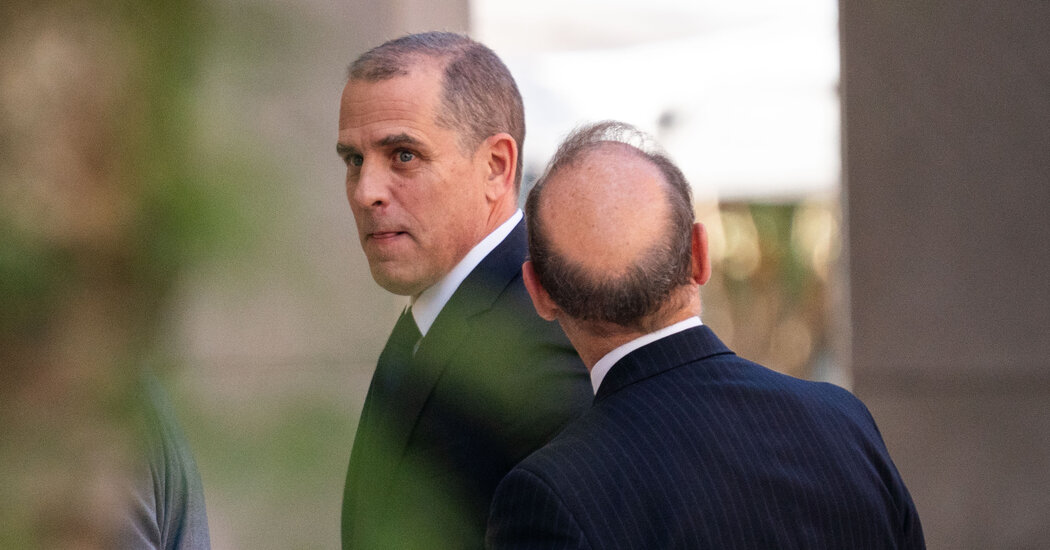A Rare Antelope Dies After Choking on a Plastic Cap at Tennessee Zoo
An African antelope at a zoo in Tennessee died after choking on the plastic cap of a food pouch that had been discarded in its enclosure even though it was among items banned near the animal habitats, zoo officials said.
Brights Zoo, a private, family-owned zoo in Limestone, Tenn., said on social media that Lief, a sitatunga, a rare medium-sized antelope native to Central Africa, choked on the red cap of a squeezable fruit pouch found in the animal’s exhibit on Saturday.
Lief was 7 years old. A typical life span for the antelope, which has a shaggy, oily coat and lives in swamplands, is around 22 years in captivity, according to the Smithsonian’s National Zoo in Washington.
“He still had a lot of life to live,” the zoo said in a post on social media.
Zoo visitors expressed their grief about the loss of the animal, and frustration that whoever left the packaging — no one has claimed responsibility — had violated a zoo policy prohibiting squeezable food pouches, fruit and other food items from being brought to the grounds of the zoo.
The zoo’s director, David Bright, said that Lief was born in captivity in 2016 at Austin Savanna, a private breeding and conservation facility in Creedmoor, Texas. He arrived at Brights Zoo about a year later.
“Most of the time, sitatunga herds are pretty shy — they kind of avoid people,” Mr. Bright said in a telephone interview on Wednesday. “With him being hand-raised, he had no fear of humans, so all our keepers were very attached.”
“He wants to be right beside you, looking for scratches,” he added. “You couldn’t ask for a better personality in an animal.”
Mr. Bright said that a zookeeper noticed on Saturday that Lief was behaving oddly. A veterinarian determined that he had an object blocking his airway, a plastic cap that was removed after sedation. But his airway had been obstructed for too long, and he died shortly after the procedure.
A squeezable food pouch was found in the exhibit, and two more were found in the trash bin in a restroom, Mr. Bright said.
Lief was a bonded pair with a 7-year-old female sitatunga, the only other member of the species at Brights Zoo.
“She’s depressed,” Mr. Bright said. “She looked for him for quite a while, and now she’s kind of secluded, staying back.”
The zoo, a former racehorse farm, was established in 2007 after Mr. Bright’s father, Tony Bright, bought a pair of zebras as a gift to his wife, Connie Bright, for their 25th wedding anniversary. Since then, David Bright said, the for-profit facility has focused on vulnerable and endangered species, which make up about half of the more than 128 species of animals kept there, drawing from 15,000 to 20,000 visitors each month.
Ms. Bright said on social media that the zoo’s policy to search visitors’ bags for contraband food used to bother her. After Lief’s death, no more.
“The three keepers who tried in vain to save this animal felt helpless and devastated as the animal they loved and have hand-fed for years lay dying,” she said. “Many hearts are sad and broken today. Your child can go for an hour without needing these.”
Plastic waste is so ubiquitous that animals everywhere eat it every day, according to the Plastic Health Council, a group of scientists urging members of the United Nations to sign a treaty that would ban toxic chemicals found in some plastics. Such a change could result in a definitive reduction in the amount of plastic produced.
“Humans pump out one million plastic bottles every minute — that’s over 2,500 billion plastic caps alone every single year,” said Sian Sutherland, co-founder of Plastic Health Council. “Add to that the annual 200 million Tetra Paks and countless plastic pouches. It is inevitable these billions of little unwanted pieces of plastic will end up harming animals both on land and in our oceans.”
She added: “Like brightly colored berries, they appear to be food. And the consequences are fatal.”


